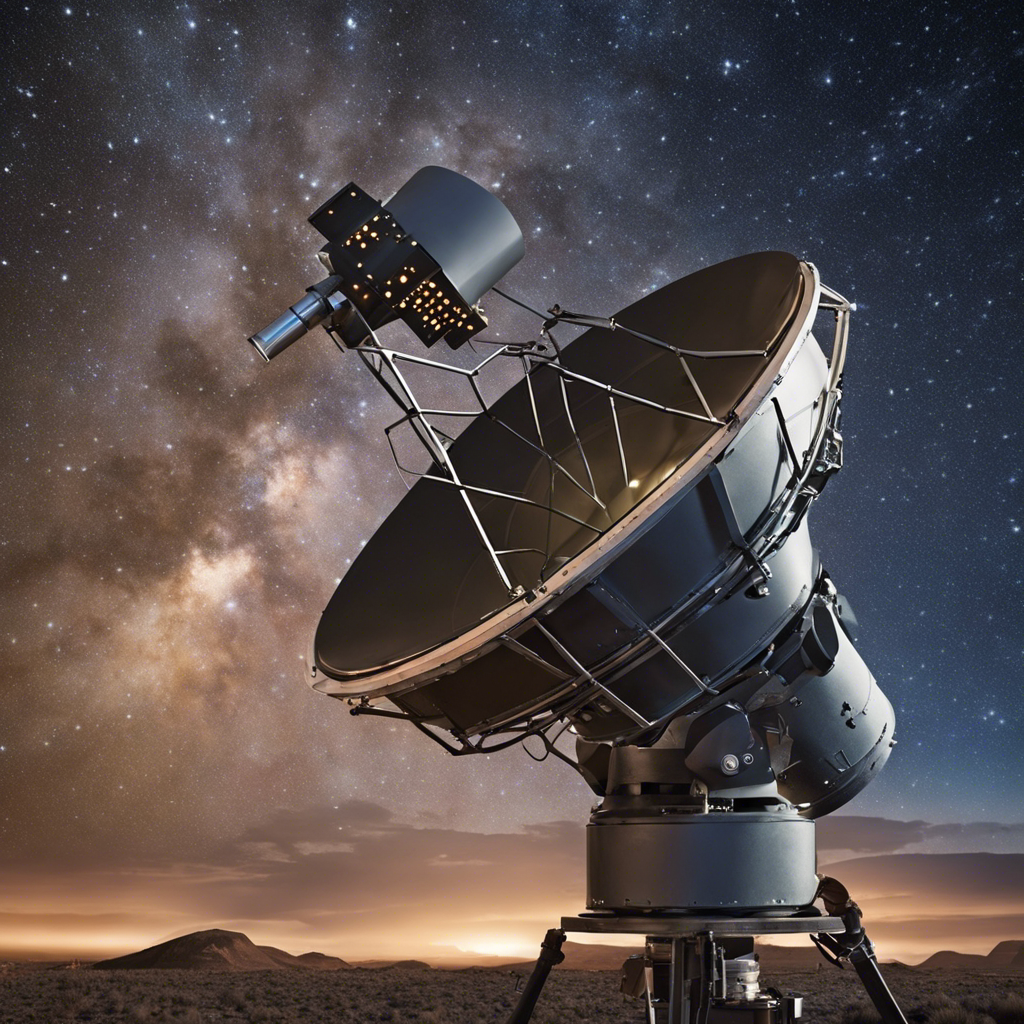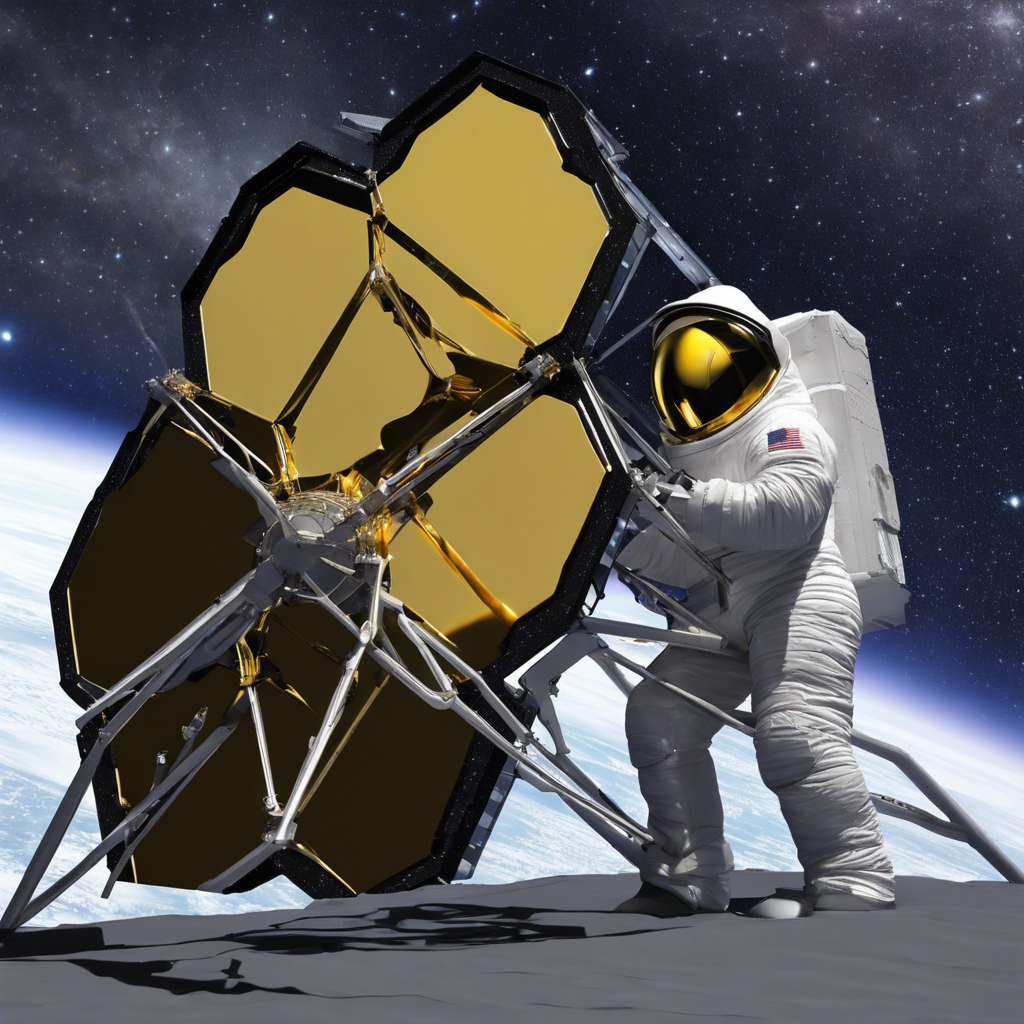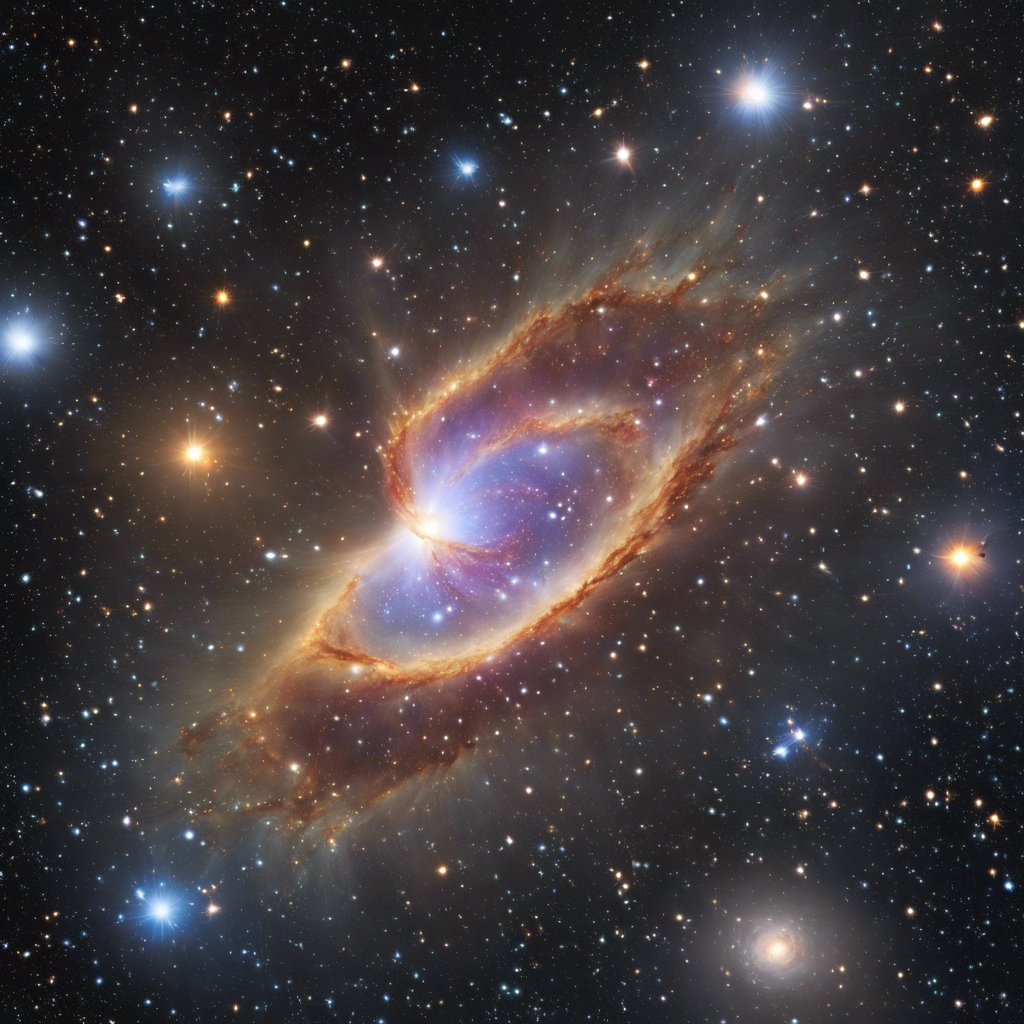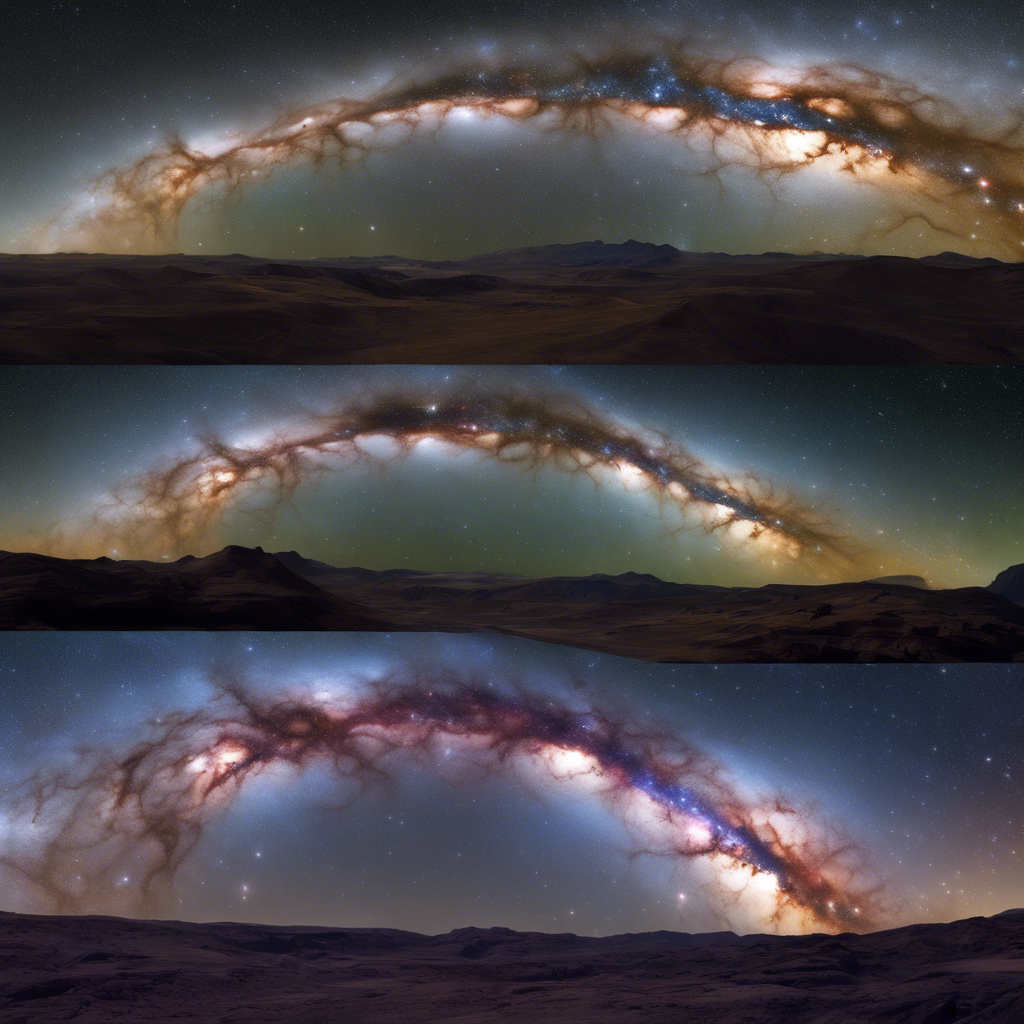Scientists at West Virginia University receive grant to combat the growing problem of radio interference in ground-based radio telescopes, aiming to improve the detection of weak signals from distant regions of the cosmos.
Earth’s atmosphere is inundated with a cacophony of radio waves, ranging from media broadcasts to mobile phone signals. While these waves are essential for sustaining our civilization, they pose a significant challenge for astronomers trying to detect radio signals from deep space. To address this issue, a group of researchers from West Virginia University has secured a $510,000 grant from the U.S. National Science Foundation. Their ambitious plan involves developing techniques and algorithms to detect and filter out non-space-related noise from radio telescopes, ultimately providing the astronomy community with improved tools to explore the cosmos.
Enhancing Radio Telescope Hardware and Algorithms
The project comprises three key components. Firstly, the team will create innovative techniques and algorithms capable of detecting and classifying radio signals, allowing astronomers to separate them from terrestrial interference. These algorithms will be crucial in filtering out unwanted noise and enhancing the sensitivity of radio telescopes.
Secondly, the researchers will test these algorithms on new and improved radio telescope hardware. By integrating the latest technology, they aim to optimize the performance of these telescopes, enabling them to detect even the faintest signals from the farthest reaches of the universe.
Open Access for the Astronomy Community
In a remarkable display of collaboration and dedication to advancing scientific knowledge, the team intends to make all resulting algorithms, software, and methods freely available to the astronomy community. This open-access approach will provide radio astronomers with additional telescope sensitivity, allowing them to tackle some of the most challenging questions in the field.
One such question is the origin of fast radio bursts, mysterious and powerful signals that last mere milliseconds. To unravel their enigma, scientists must be able to detect exceedingly weak signals originating from incredibly distant regions of space while simultaneously filtering out any interfering noise.
Kevin Bandura, a professor of engineering at West Virginia University and one of the project’s leaders, emphasized the importance of the broader adoption and expansion of the proposed algorithms. He stated, “The success of this work will be measured not only by our development of the proposed algorithms, but by their adoption, successful use, and expansion by the broader international astronomical community.”
A Clearer View of the Cosmos
The battle against radio interference is crucial for radio astronomers as they strive to gain a clearer view of the cosmos. By refining the capabilities of radio telescopes to detect and filter out non-space-related noise, scientists hope to unlock new insights into the universe’s most perplexing phenomena.
With the increasing prevalence of wireless communication and other radio-emitting technologies, the need for advanced techniques to combat interference becomes ever more pressing. The $510,000 grant from the U.S. National Science Foundation provides a significant boost to the researchers at West Virginia University, enabling them to tackle this challenge head-on.
Conclusion:
The fight against radio interference is a critical endeavor for astronomers seeking to uncover the secrets of the universe. With the support of the U.S. National Science Foundation, the team at West Virginia University is poised to make significant advancements in filtering out non-space-related noise from radio telescopes. By developing innovative algorithms and hardware, they aim to improve the sensitivity of these telescopes and provide the astronomy community with essential tools to explore the cosmos more effectively. Through their commitment to open access, the researchers hope to foster collaboration and expansion within the international astronomical community, ultimately leading to groundbreaking discoveries and a deeper understanding of the universe.











